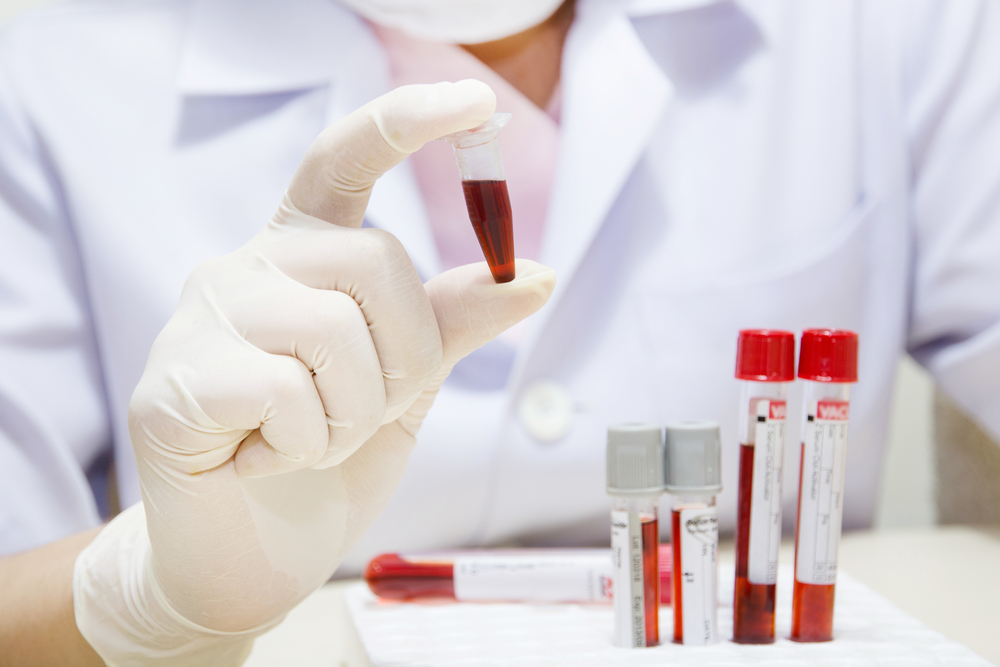Researchers Identify New Biomarkers of Early Stage Huntingon’s in Sheep Study

Researchers discovered new biomarkers of early-stage Huntington’s disease in sheep with the disease, according to a new study. These findings may help detect the disease before symptoms appear, and could aid in the design of new therapies.
The study, “Metabolic Profiling Of Presymptomatic Huntington’s Disease Sheep Reveals Novel Biomarkers,” was published in the journal Scientific Reports.
Huntington’s disease is characterized by the loss of muscle tissue and fat mass, suggesting the disease may be associated with metabolic anomalies. Metabolism is a series of chemical reactions that ensure our organs function correctly, eliminating old cellular and molecular components and building new ones.
Researchers collected blood samples from sheep carrying a human mutation leading to Huntington’s (but without symptoms) and from healthy sheep, every two hours over 24 hours to analyze the metabolic profiles of the animals.
They analyzed 130 metabolic players and found that 89 were significantly altered between the two groups of sheep. Sheep with the Huntington’s mutation had increased levels of the amino acids (the building blocks of proteins) arginine and citrulline, whereas 10 other amino acids were decreased, and increased urea levels. They also had reduced levels of fat molecules (sphingolipids and fatty acids) that are common in the brain and nervous tissue.
These changes suggest that both the urea cycle and nitric oxide pathways, essential body processes, are faulty at early stages in Huntington’s disease. It’s possible that the disease affects the body before the most evident symptoms appear.
Researchers believe their technical approach is minimally invasive and sensitive enough to help track disease progression in patients.
“Metabolic profiling has revealed novel biomarkers that will be useful to monitor Huntington’s disease progression,” Prof. Debra Skene, the study’s first author, said in a news release. “Our research shows that this disease affects the body in a number of ways before the telltale signs of Huntington’s disease become visible.”
Skene said the team will continue to observe these sheep and study how the disease develops.
“Despite its devastating impacts on patients and their families, there are currently limited treatments options, and no cure for Huntington’s disease,” Prof. Jenny Morton, the study’s senior author, said. “The development of objective and reliable biomarkers that can be rapidly measured from blood samples becomes immeasurably important once clinical trials for therapies begin. The more we learn about this devastating illness the better chance we have of finding a cure.”






